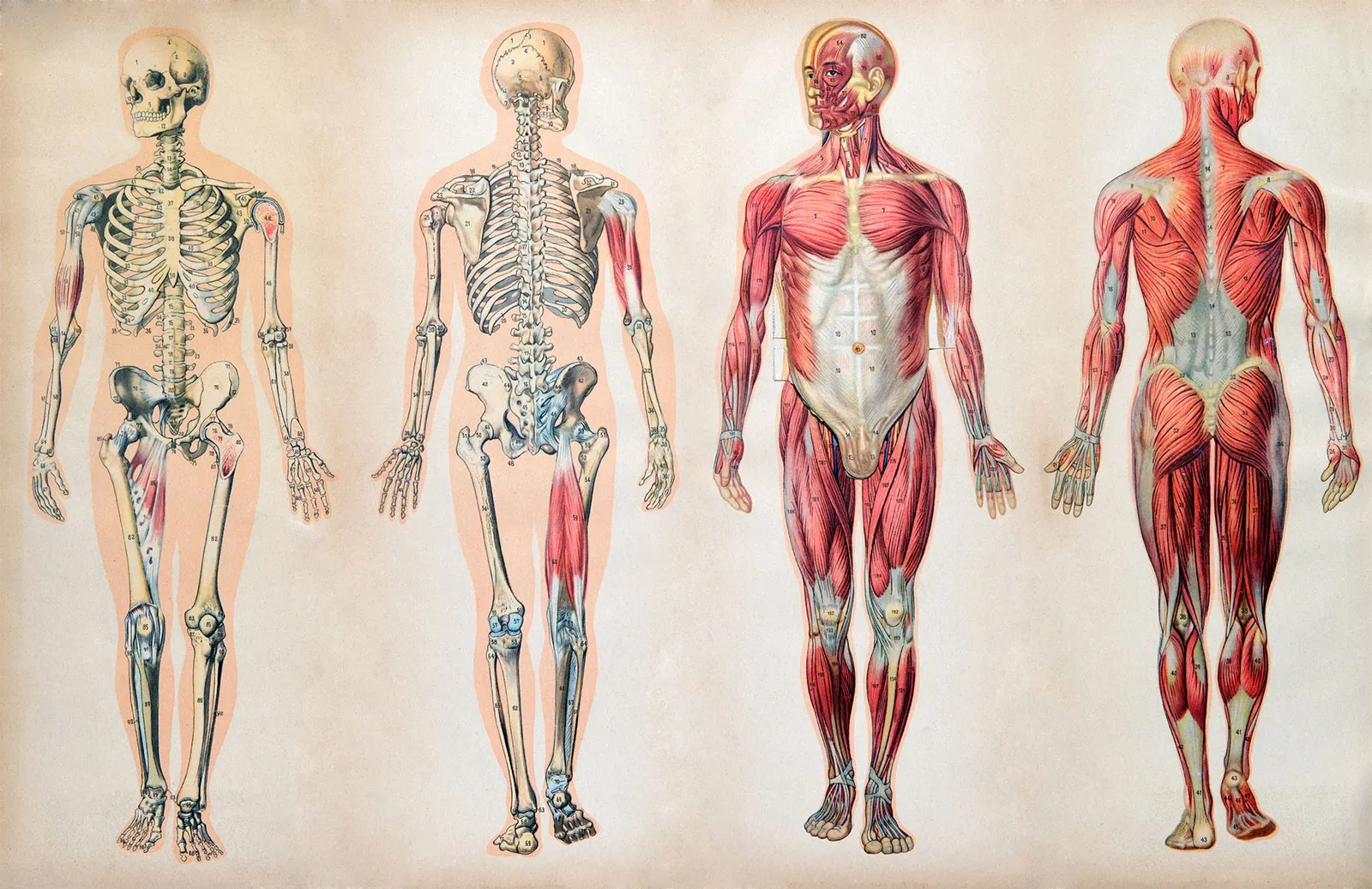The human body is the most sophisticated and efficient machine ever created. Every second, millions of processes occur inside us — from the beating of the heart to the firing of neurons in the brain. What makes this even more fascinating is how perfectly all these systems work together.
Just like a complex piece of machinery, the human body has power sources, control centers, transport systems, and repair mechanisms. It is nature’s greatest example of biological engineering — a system designed for survival, adaptation, and intelligence.
The Engine That Never Stops
The heart is the central power unit of the body a muscular pump that runs non-stop from birth to death. It beats around 100,000 times a day, pushing blood through 60,000 miles of blood vessels to deliver oxygen and nutrients to every cell.
This complex network, known as the circulatory system, functions like a hydraulic system in engineering, ensuring that pressure and flow are perfectly maintained. Valves act as regulators to prevent backflow, and arteries expand like flexible pipes to handle varying pressure.
The Command and Control Center
If the heart is the engine, the brain is the CPU (Central Processing Unit) of the human body. With over 86 billion neurons, the brain controls movement, emotion, memory, and thought.
It sends electrical signals through the nervous system, similar to how a computer transmits data through circuits. The spinal cord acts like a data cable, transmitting signals to and from the brain to every part of the body.
In engineering terms, the brain is a bio-computer, capable of processing massive amounts of information and learning from experience — something modern artificial intelligence is still trying to replicate.
The Structural Framework
Just as buildings rely on steel structures, the body relies on its skeletal system — a framework of 206 bones that supports and protects internal organs.
Bones are lightweight yet incredibly strong, made of a combination of collagen (for flexibility) and calcium phosphate (for hardness). Joints function like mechanical hinges or ball-and-socket systems, allowing controlled movement and flexibility.
The engineering precision of the human skeleton allows us to walk, jump, and lift with balance and coordination.
The Body’s Mechanical System
The muscular system converts chemical energy into motion — just like engines convert fuel into power. More than 600 muscles work together to move bones, maintain posture, and even pump blood.
Skeletal muscles work in pairs — one contracts while the other relaxes, similar to how hydraulic pistons operate in machines. Smooth muscles in organs and cardiac muscles in the heart function automatically, ensuring the body’s continuous operation without conscious control.
Fuel and Energy Supply
The body’s respiratory system acts like an air intake mechanism, drawing oxygen and releasing carbon dioxide. Meanwhile, the digestive system works as the fuel processor, breaking down food into nutrients that power cells.
Cells then use this energy through a process called cellular respiration, much like engines burn fuel to produce motion. This constant conversion of energy keeps the human machine running smoothly.
The Blueprint of Life
At the microscopic level, every cell carries DNA, a code that contains instructions for building and repairing the entire body. DNA is like a software program written in a four-letter code — A, T, C, and G — which determines everything from eye color to brain function.
It’s the ultimate engineering blueprint that ensures every part of the human machine develops and functions perfectly.
The Perfect Fusion of Biology and Engineering
The engineering of the human body is a stunning display of design, precision, and functionality. From the heartbeat to the thought process, everything works in perfect harmony.
Whether seen through the lens of science or spirituality, the human body stands as the pinnacle of natural engineering — a living machine that repairs itself, learns, adapts, and evolves.
What Happens After the Death of a Human
Read Also : Html Static Website Design
![]()





